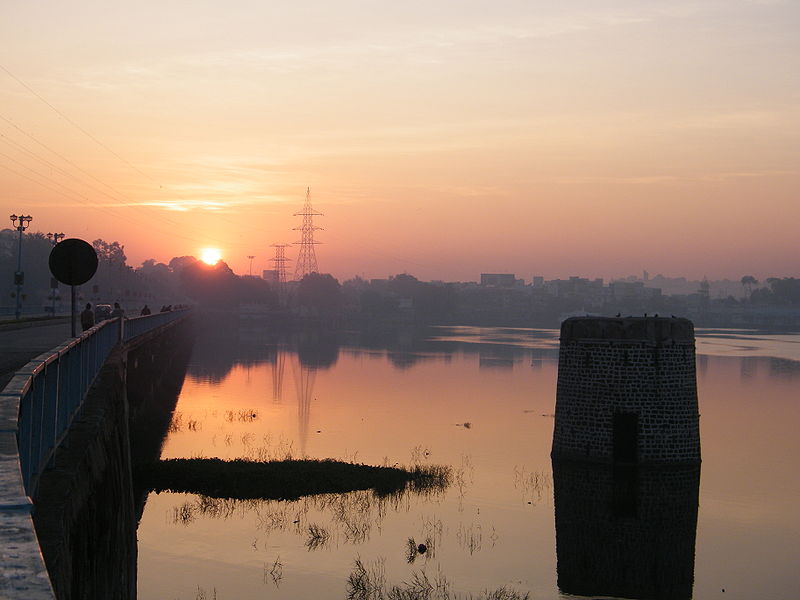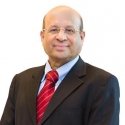Innovative solutions to help Asian cities grow green
Asia is one of the most rapidly urbanising regions in the world. More than half of the world’s largest cities are found in Asia. By 2015, there will be 12 Asian megacities, and by 2022 the urban population is expected to surpass the rural population. The Asian Development Bank (ADB) is backing a number of innovative projects to help growing cities overcome deprivation and become more sustainable.
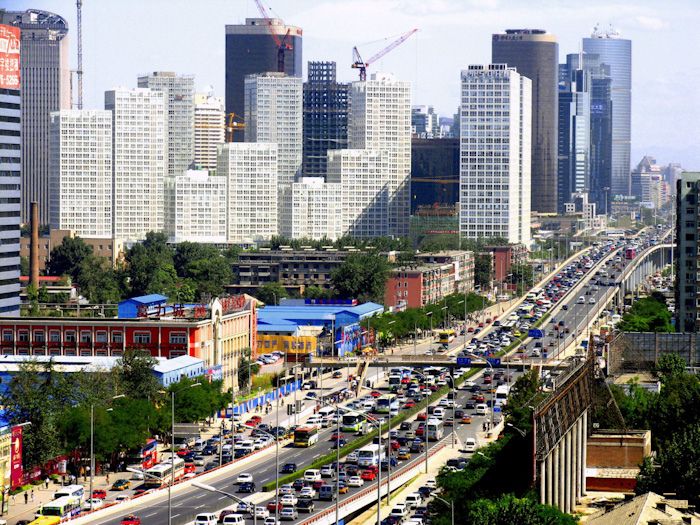
How cities develop in Asia is vital to the effort to eliminate poverty in the region. Cities generate more than 80 per cent of gross domestic product (GDP) in many countries in Asia and the Pacific. Half of the 600 cities that account for 60 per cent of GDP are in Asia, according to McKinsey Global Institute’s Urban World, March 2011.
The quality and efficiency of Asian cities will determine the region’s long-term productivity and overall stability. In India by 2030, the urban economy will provide 70 per cent of all new jobs and 70 per cent of GDP. The ADB Urban Operational Plan 2012–2020 estimates that the economy of the city of Delhi will be bigger than Malaysia’s economy is today.
At the same time, second-tier cities will become more important. The world’s 23 megacities now account for 14 per cent of global GDP. But this figure is expected to moderate to just over 10 per cent by 2025. This means that the remaining second-tier cities, around 577, have and will account for around 50 per cent of global GDP until 2025. Of these 577 cities, McKinsey lists 407 in developing countries, accounting for 40 per cent of global growth.
Asia’s cities are the engines of economic growth that have lifted millions of people from poverty – and they are under increasing strain. These cities will become home to another 1.1 billion people in the next two decades as the poor continue to be drawn to better opportunities. By 2015, it is estimated that nearly 700 million people will live in urban slums.
Asia’s cities are grappling with environmental degradation, traffic congestion, inadequate urban infrastructure, and a lack of basic services, such as water supply, sanitation and waste management. Maintaining vital economic growth, while creating sustainable, liveable cities for all, is the biggest urban challenge facing Asia. In essence, Asia’s urban areas must be transformed from being archetypally chaotic, polluted, inequitable and financially constrained, to becoming competitive, green and inclusive.
Innovative solutions
The over-arching goal of the Asian Development Bank is the elimination of poverty in Asia and the Pacific. Guided by its long-term strategic framework, Strategy 2020, ADB’s work to help build sustainable cities focuses on integrated approaches that target the poor; promote economic development; treat cities as living ecosystems; involve the private sector and civil society; and adopt measures to mitigate and adapt to climate change. All ADB project data in this article comes from the ADB website or ADB experts.
ADB is supporting innovative solutions across a broad spectrum of sectors and focus areas in order to make the region’s cities more prosperous and sustainable:
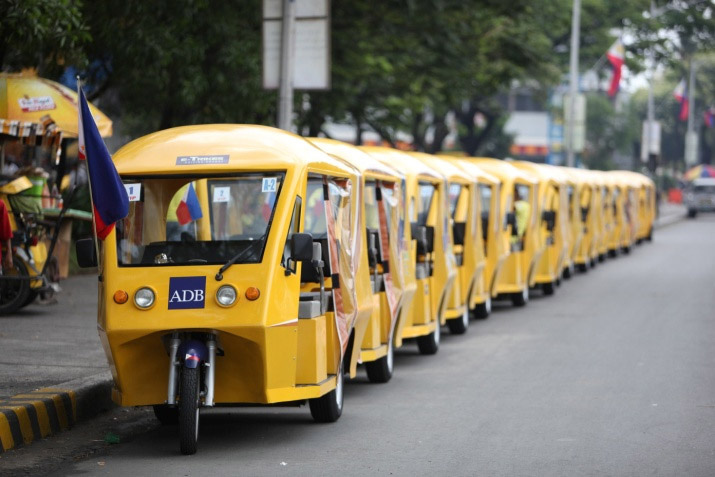 Transport: In the area of transport, ADB sees urban mobility as a key enabler of development by providing access to jobs, education, healthcare and markets. Low-cost urban mobility solutions such as Bus Rapid Transit (BRT) systems mean that a wider spectrum of cities can now afford quality public transport. In January 2013, the ADB-financed BRT system and cycleway in Lanzhou (People’s Republic of China) opened for operations. Likewise, ADB is helping finance public transport and pedestrian networks in cities such as Dhaka (Bangladesh), Davao (the Philippines pictured left), Ha Noi (Viet Nam), Ho Chi Minh City (Viet Nam), Jaipur (India), Kathmandu (Nepal), Ulaanbaatar (Mongolia), and Vientiane (Lao PDR).
Transport: In the area of transport, ADB sees urban mobility as a key enabler of development by providing access to jobs, education, healthcare and markets. Low-cost urban mobility solutions such as Bus Rapid Transit (BRT) systems mean that a wider spectrum of cities can now afford quality public transport. In January 2013, the ADB-financed BRT system and cycleway in Lanzhou (People’s Republic of China) opened for operations. Likewise, ADB is helping finance public transport and pedestrian networks in cities such as Dhaka (Bangladesh), Davao (the Philippines pictured left), Ha Noi (Viet Nam), Ho Chi Minh City (Viet Nam), Jaipur (India), Kathmandu (Nepal), Ulaanbaatar (Mongolia), and Vientiane (Lao PDR).
ADB is working with the Philippines to transform the public transport sector by supporting the use of electric vehicles, specifically tricycles (e-trikes). There are about 3.5 million conventional combustion engine tricycles and motorcycles operating in the Philippines, contributing millions of tonnes of carbon dioxide emissions to the environment every year. An ADB project aims to promote the adoption of 100,000 e-trikes in the next five years. The e-trike produces no noise and zero tailpipe emissions and can be charged at night during off-peak electricity hours.
Energy efficiency: To support the provision of clean energy to Asia’s cities, ADB is backing transformative renewable energy projects that will accelerate the region’s transition over to low-carbon, sustainable growth. The region is expected to consume more than half the world’s energy supply by 2035, with electricity consumption more than doubling as economic growth and rising affluence drive demand. Buildings and industries currently consume 85 per cent of the region’s electricity, making urban transformation through greater energy efficiency crucial to future energy security. ADB has advised that immediate interventions for greater efficiency can be taken in public buildings and public industries, and municipal lighting. Early investment in energy efficiency can have great benefits; ADB has found that investments of 1 per cent to 4 per cent of overall energy sector spending can meet up to 25 per cent of the projected increase in primary energy consumption.
ADB is supporting a project in the Philippines to improve demand-side energy efficiency. The project helped finance lighting retrofits of government buildings, as well as the installation of 9 million compact fluorescent lamps (CFL) in private homes. These energy efficiency improvements have reduced the cost of energy production and decreased oil imports in the Philippines; in turn, this has helped mitigate emissions of sulphur dioxide, oxides of nitrogen, particulate matter and carbon dioxide.
Water: In Bhopal, India (pictured right), ADB has undertaken an innovative water project that has improved the city’s water supply while helping to clean up one of the area’s top tourist attractions. The Urban Water Supply and Environment Improvement Project has improved access to water for 5.3 million people, improved sewerage and sanitation for 500,000 people, and improved solid-waste management for 4.7 million people.
In addition, the project rehabilitated six pumping stations at Bhopal’s Upper Lake – a local tourism spot known for its scenic beauty, bird life, and boating facilities – and it now provides six million gallons of water each day. It is also free from pollution and has enhanced the quality of life in the city.
Water-related risks: To help cities address urban flooding, assessments of demographic and geographic vulnerability to water-related disasters are urgently needed to increase capacities for disaster risk reduction in Asia, which is prone to natural disasters. ADB is supporting the use of meteorological observation systems to predict threats – such as flooding – more precisely than many other methods. Precipitation data gathered by satellites is used to warn people living in areas at risk before a flood occurs. In addition, during and after a flood, high resolution images of inundated areas can support rescue and recovery operations.
Water-related disaster risk reduction and management, including more community-based approaches and climate change adaptation measures, must be more deeply incorporated into urban planning. Screening proposed infrastructure investments for climate risks will enable not only mitigation of disasters but also improved adaptation to the expected impacts of climate change.
Sanitation and waste water: In Viet Nam, an ADB project enlisted the help of women’s organisations in urban areas to help solve problems associated with sanitation and waste water. The Central Region Urban Environmental Improvement Project improved living conditions in six medium-sized coastal towns, in part through the use of a community awareness programme supervised by local organisations made up primarily from chapters of the Viet Nam Women’s Union.
Project funds were used to provide start-up capital for a household sanitation credit scheme that operated as a revolving fund. The programme resulted in about 2,230 houses having new latrines and septic tanks. This improved the sanitation situation and contributed to enhancing human dignity.
To accelerate access to sanitation in the Asia-Pacific Region, ADB and the Bill and Melinda Gates Foundation have jointly established the Sanitation Financing Partnership Trust Fund under the ADB-administered Water Financing Partnership Facility. The trust fund aims to support innovative sanitation solutions – policies, business models and technologies – to expand non-sewer sanitation and septage management in Asia.
Solid waste: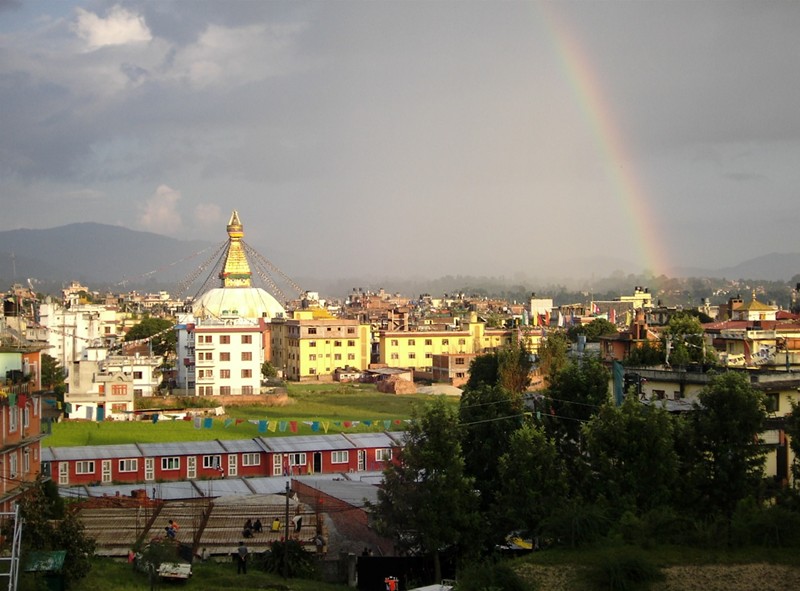
Integrated urban planning: In Nepal, ADB is using integrated urban planning in Bharatpur to improve the city’s environment while at the same time making it more climate-resilient. Improving the city attracts residents and takes pressure off the congested capital city of Kathmandu (pictured left). This spreads economic development more evenly across the country.
An ADB project in the city has improved municipal planning and helped upgrade infrastructure used for water supply, drainage, and sanitation. At the same time, it has supported the municipal government in transforming the city’s riverside into a green space with a cement embankment that protects the residential land from erosion and provides steps down to the river’s edge. This protects from landslides while at the same time making the city more liveable.
A long-standing commitment
Since the 1960s, ADB has been assisting its developing member countries in making their cities more prosperous and sustainable. This has included more than US$15 billion in funding spread among hundreds of urban development projects.
If urban expansion goes unchecked in the developing world the environmental impact will be catastrophic
Over the years, the role of cities has changed as more people migrate to urban areas looking for economic opportunities as well as quality-of-life improvements in education, health, and housing. But urban citizens do not share equally in the benefits of economic growth and progress, and failure to prepare for and address the needs of urban poor in cities has created overcrowded inner-city tenements, slums, and informal settlements.
The stakes are high. If urban expansion goes unchecked in the developing world the environmental impact will be catastrophic. About 75 per cent of greenhouse gas emissions are generated by urban areas.
ADB is determined to make cities liveable and inclusive by addressing the problems resulting from rapid urbanisation and the limited capacity of basic service delivery systems to keep pace with growth. This involves managing rapid urbanisation by promoting compact, energy-efficient, green, slum free, safe and liveable cities, more reliant on mass transit than on cars.
Finance is just one aspect of this effort. In light of this reality, ADB has developed a new concept around ‘Finance + +’. We hope to build upon our own financial resources by leveraging partnerships and by providing knowledge to our developing-member countries. Diversified finance along with advice and knowledge resources makes for a potent set of tools in affecting change on the ground.
We can individually and collectively work to leverage value from catalytic examples that will drive wider change. Seemingly small actions, whether inspired by development banks, national and local governments, NGOs or local communities, can make a difference if they lead to replication. All these ingredients are vital to building healthy, prosperous cities, but the most important factors are strong local and national leadership, and community participation.

